11 histories at the foot of Roque Bentayga
Gran Canaria’s Roque Bentayga contains stories about the astral cycles, the island’s aborigines and the motor industry.
1. Bentayga’s ray of the sun. Roque Bentayga rises 1,404 metres above sea level in an undetermined place between the present and the past. This imposing basaltic structure remains the scene of phenomena that have their origin in aboriginal rituals. At each equinox, when the two poles of the Earth are at equal distance from the Sun and the night lasts exactly the same as the day, a solar ray strikes directly on a circle engraved centuries ago at the base of Bentayga. This is no magic. It is instead a result of the astral knowledge possessed by the ancient settlers of Gran Canaria.
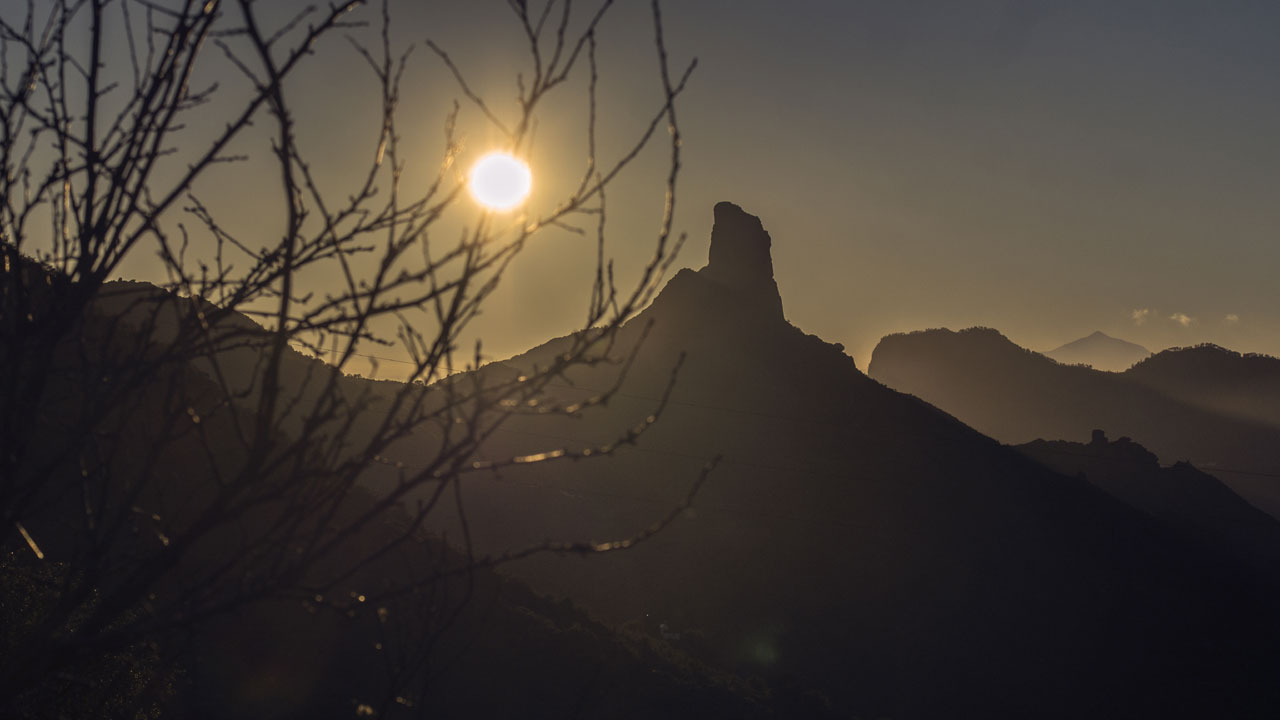
2. Bentayga and telling the time. Archaeologists point out that Bentayga and its light rituals played a crucial role in measuring time and seasons, which was of vital importance to ancient prehispanic societies depending on livestock, agriculture and interaction with the stunning natural environment. This explains why the aborigines excavated at their base an almogarén or ceremonial space to welcome the sun with a spectacular game of light and shadows each equinox. 1. Bentayga’s ray of the sun. Roque Bentayga rises 1,404 metres above sea level in an undetermined place between the present and the past. This imposing basaltic structure remains the scene of phenomena that have their origin in aboriginal rituals. At each equinox, when the two poles of the Earth are at equal distance from the Sun and the night lasts exactly the same as the day, a solar ray strikes directly on a circle engraved centuries ago at the base of Bentayga. This is no magic. It is instead a result of the astral knowledge possessed by the ancient settlers of Gran Canaria.
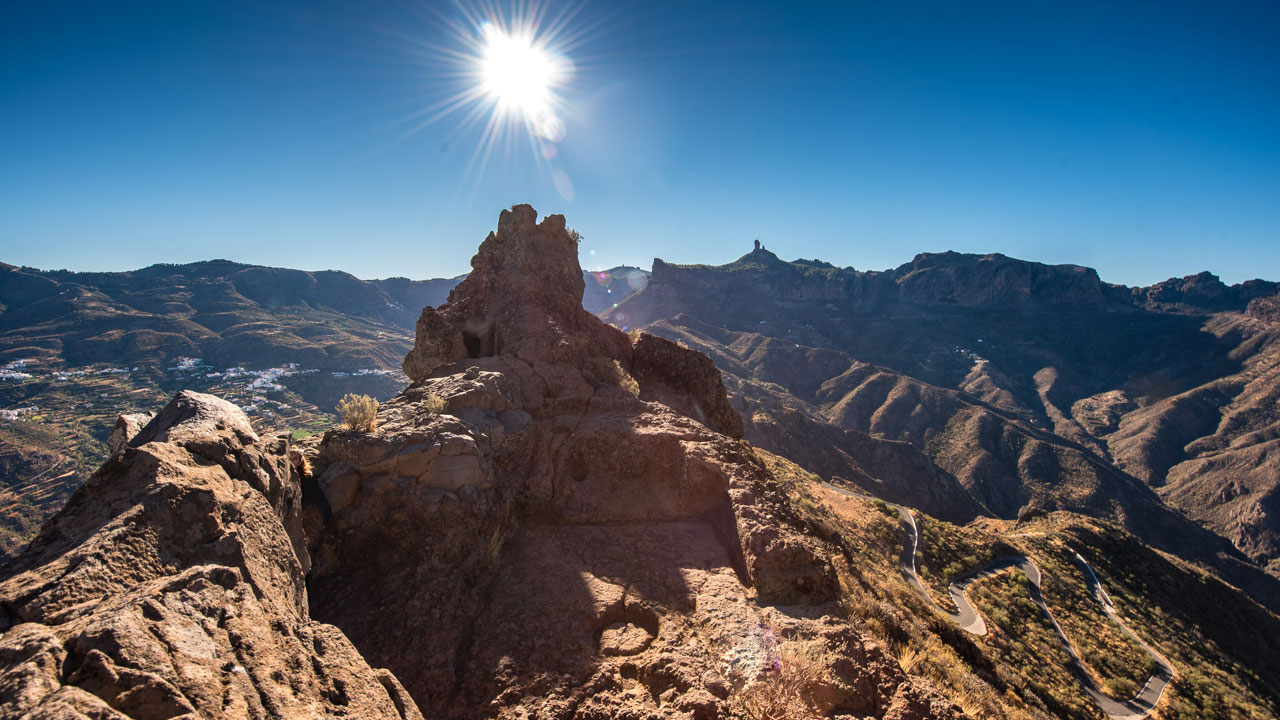
3. The cusp of a developed settlement. In the shadow of Bentayga was settled grew a significant settlement which dates back to the fifth century. Visible traces of this include than a 100 caves and other structures used as dwellings, silos or places of burial. Most of these remains are found on teh southern slope of the Sierra del Bentayga and archaelogists continue to unearth new discoveries.
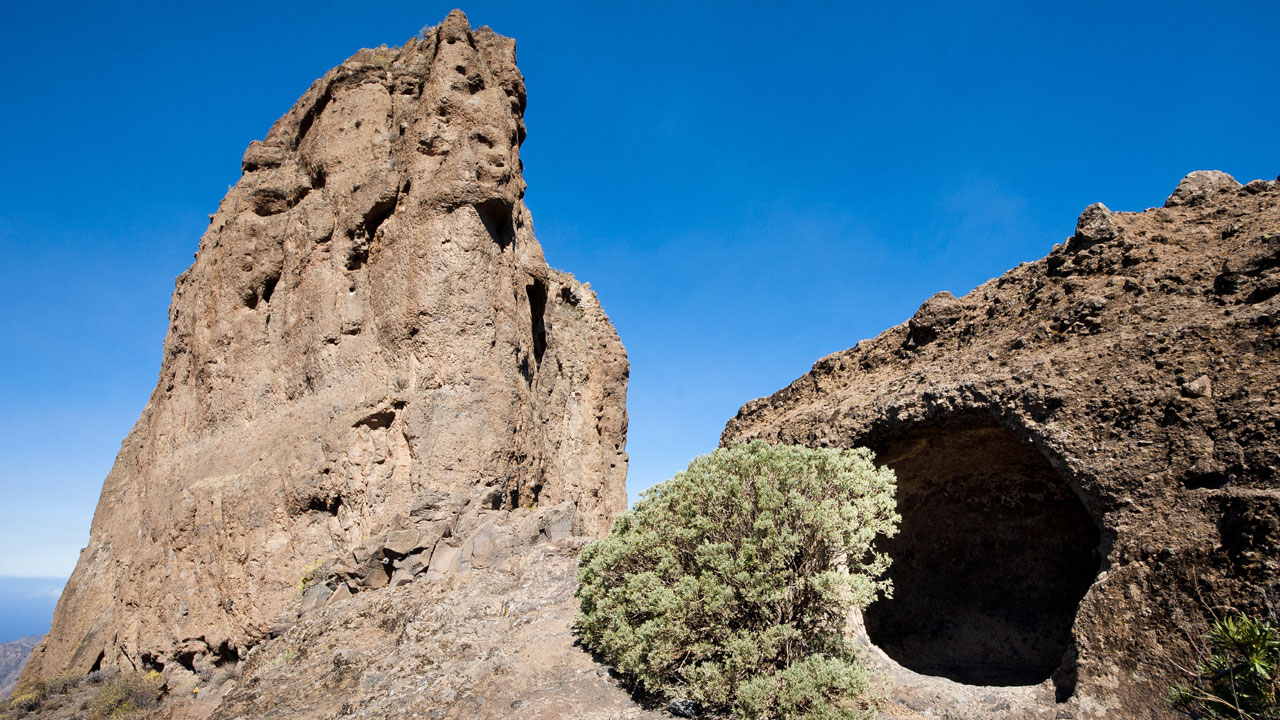
4. Gran Canaria caveman culture. One of the most striking aspects of the Gran Canaria cave culture is its extension over time to reach the 21st century. Spaces that were used by the aborigines nowadays house dwellings, barns, cattle ranches or even wineries where exquisite vintages are produced. Visiting Bentayga and its surroundings is tantamount to entering a living space where the voices of the past, the present and the future enter into confused dialogues.
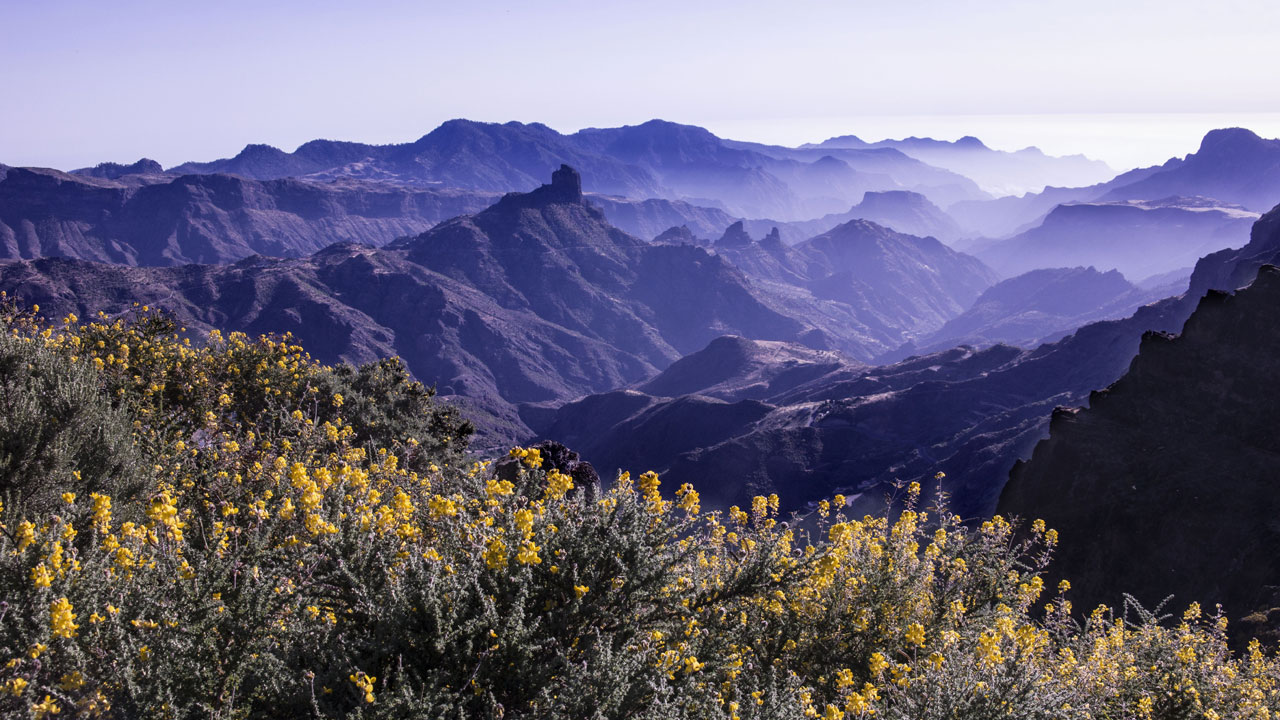
5. The shepherds’ silhouette. The silhouette of Roque Bentayga is not the only one that presides over this area of the Tejeda caldera. The rays of the dawn sometimes surprise the earlier-rising shepherds climbing promontories, spotting the sheep, and looking for places for grazing. In addition, the surroundings of the Bentayga are within the routes of passage of the last examples of the migration within Gran Canaria.
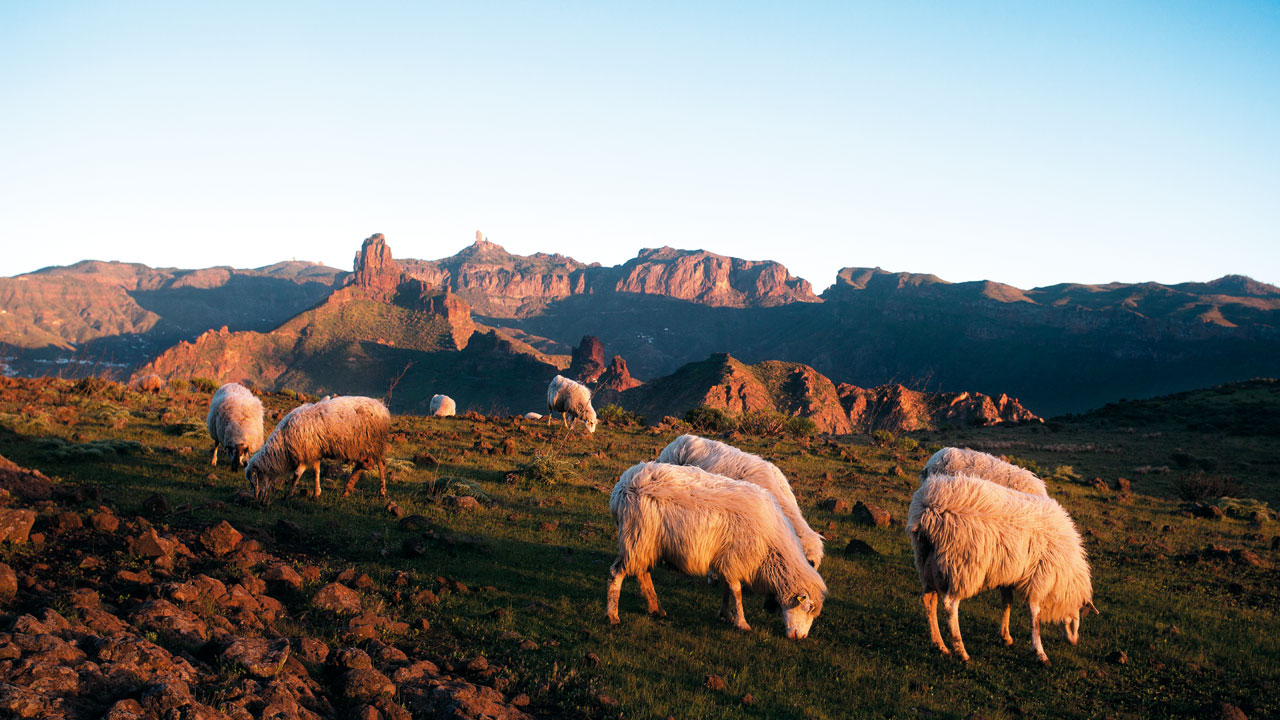
6. A heritage jewel that aspires to be World Heritage. The natural, ethnographic and archaeological characteristics of Roque Bentayga are protected as the rock is recognized as a protected space. In addition, the Gran Canarian government have proposed that nearby Risco Caído and other sacred mountain spaces including Bentayga become Unesco World Heritage sites.
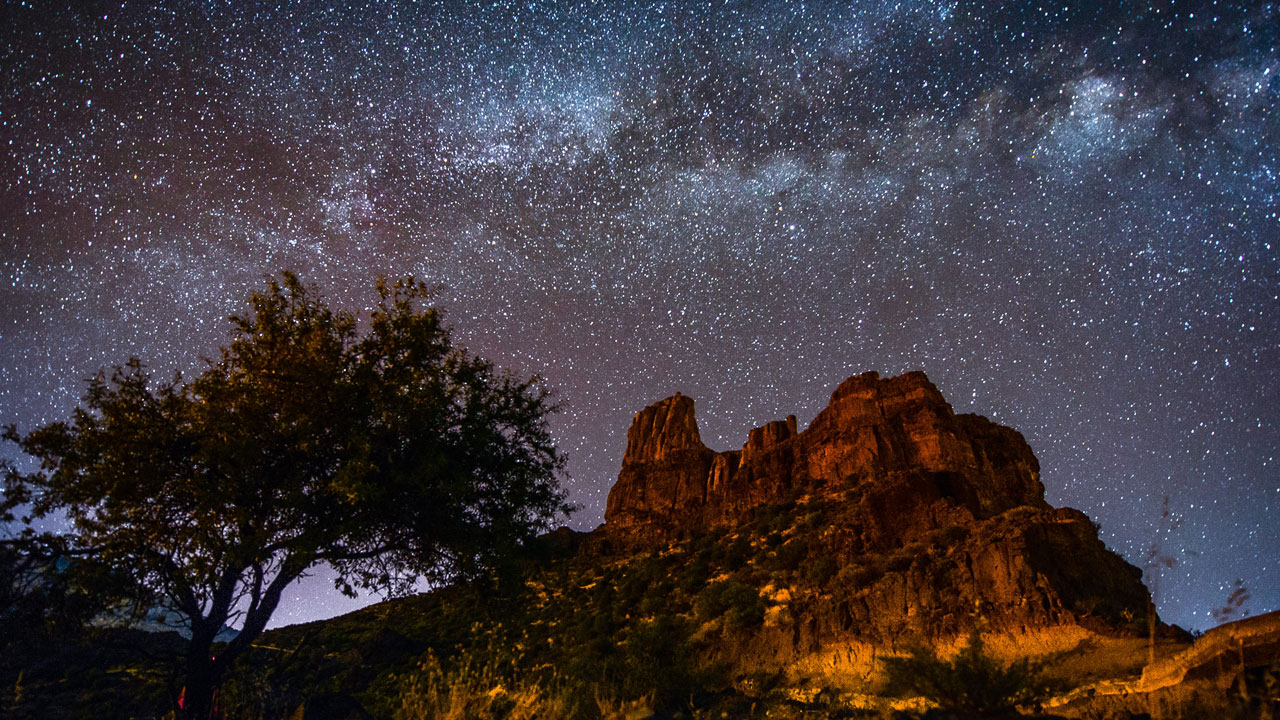
7. Sweet, sweet Bentayga. The slopes of Bentayga have been repopulated by almond trees. Their annual flowering is one of the most striking natural spectacles of Gran Canaria’s summit, when the aroma and the distinctive white blossom flood everything. In addition, almonds are used in the island’s traditional pastries. Bentayga has a flavor. A sweet and old one.
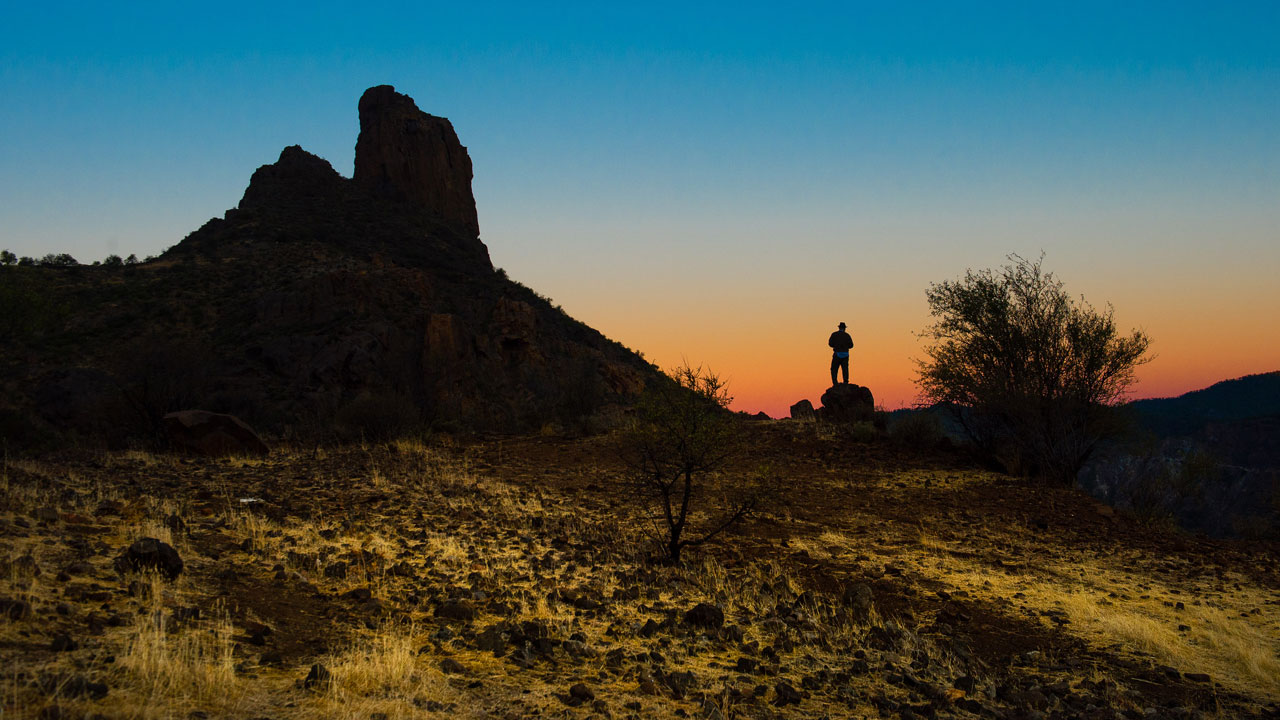
8. The work of man and nature. The area surrounding the Bentayga rock appears alongside other locations in Gran Canaria, including Acusa, Guayadeque and Barranco Hondo, in the inventory of Cultural Landscapes of Spain. These have also been placed on the European Heritage list. The term cultural landscape refers to a manifestation of human activity in a certain region which may be perceived and interpretted, and possesess two distinct dimensions, in terms of time and space. For the World Heritage Convention of UNESCO, Cultural Landscapes are cultural sites that represent “the combined works of man and nature”.
9. The giant which emerged from the fire. Roque Bentayga’s the son of fire. This basaltic column’s presence in the landscape is evidence of Gran Canaria’s formation as a result of different volcanic episodes.
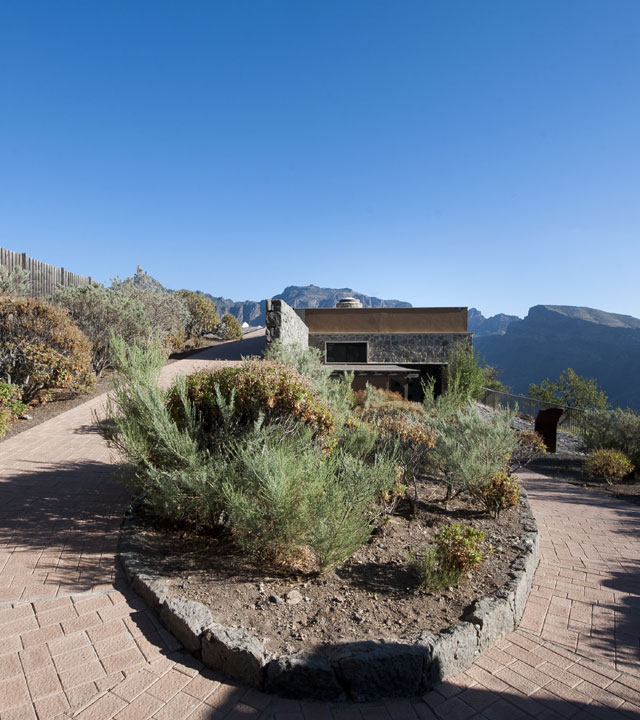
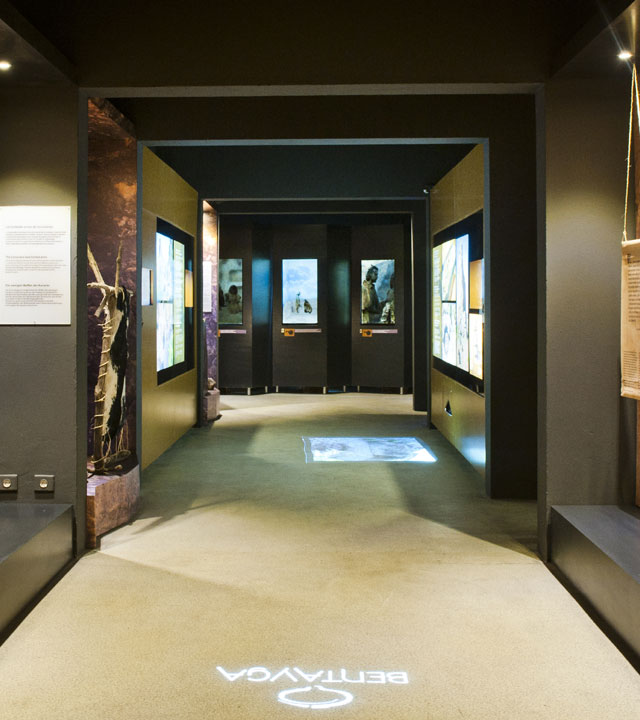
10. An unavoidable visit to discover more. If your interest has been aroused, you can visit Bentayga’s Interpretation Centre. This is a modern space which provides details about Bentayga’s archaelogy, culture, and nature. You can also enter the almogarén located at the base of the rock.
11. ¿A Bentayga at the traffic lights?. This is not a joke either. You can find a Bentayga on the road, because it is the name that was given to one of the models of Bentley cars. The mythical British brand used one of the most iconic symbols of Gran Canaria. Meaning that the rock’s legendary roar continues to be heard.
Bentayga’s Interpretation Centre. How to get there?
Discover how to get from the Faro de Maspalomas to the Roque Bentayga here
If you would like to get to the Roque Bentayga from the Capital, find out how to get there here
Address: Municipality of Tejeda (route through the centre of the island) - Finca el Majadal
Telephone: (+34) 928 719 388
Visiting hours: Tuesday to Sunday: from 09:30 to 16:30h. (last admission is 30 minutes before closing time).
Closed: Every Monday of the year, 1st, 5th and 6th January; 1st May; 24th, 25th and 31st December.

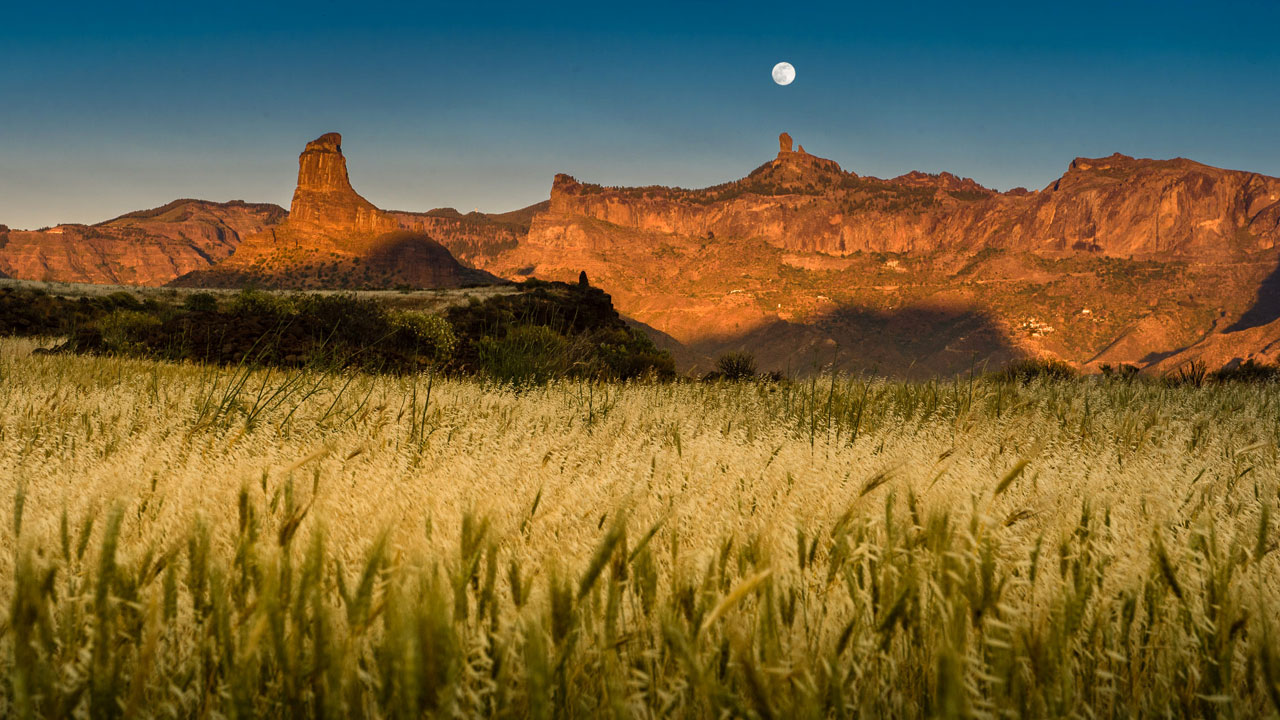
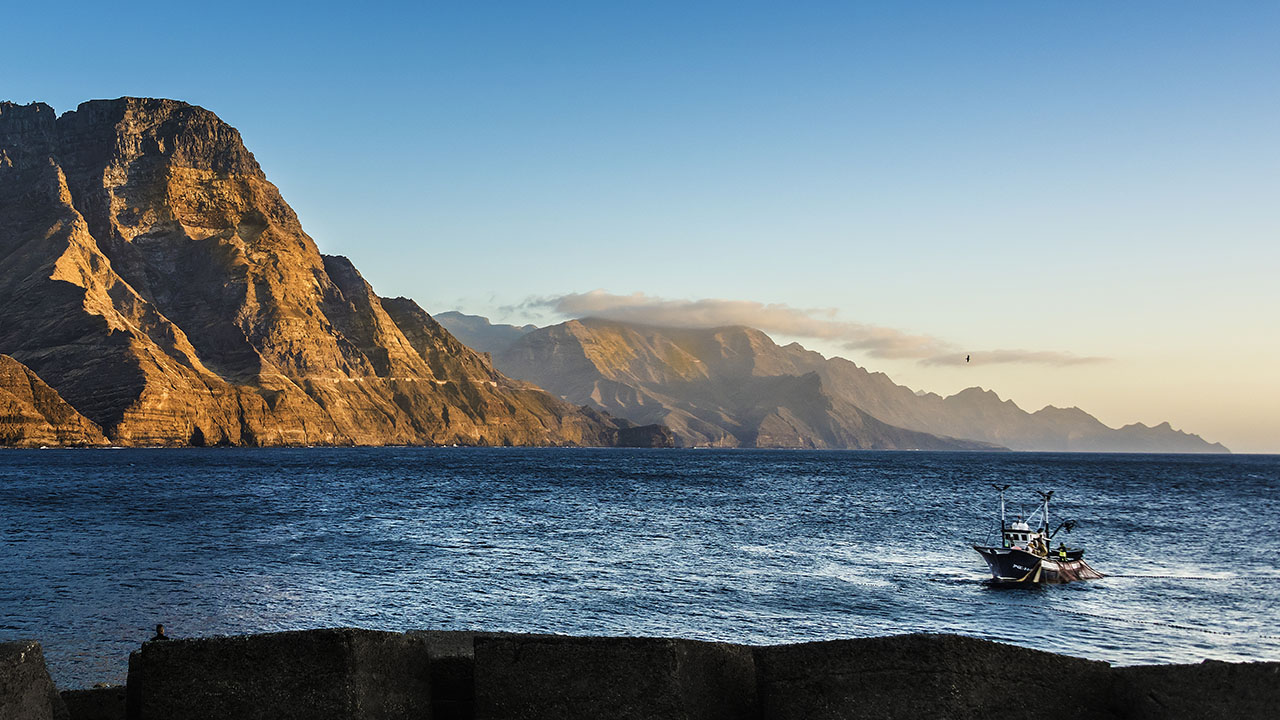
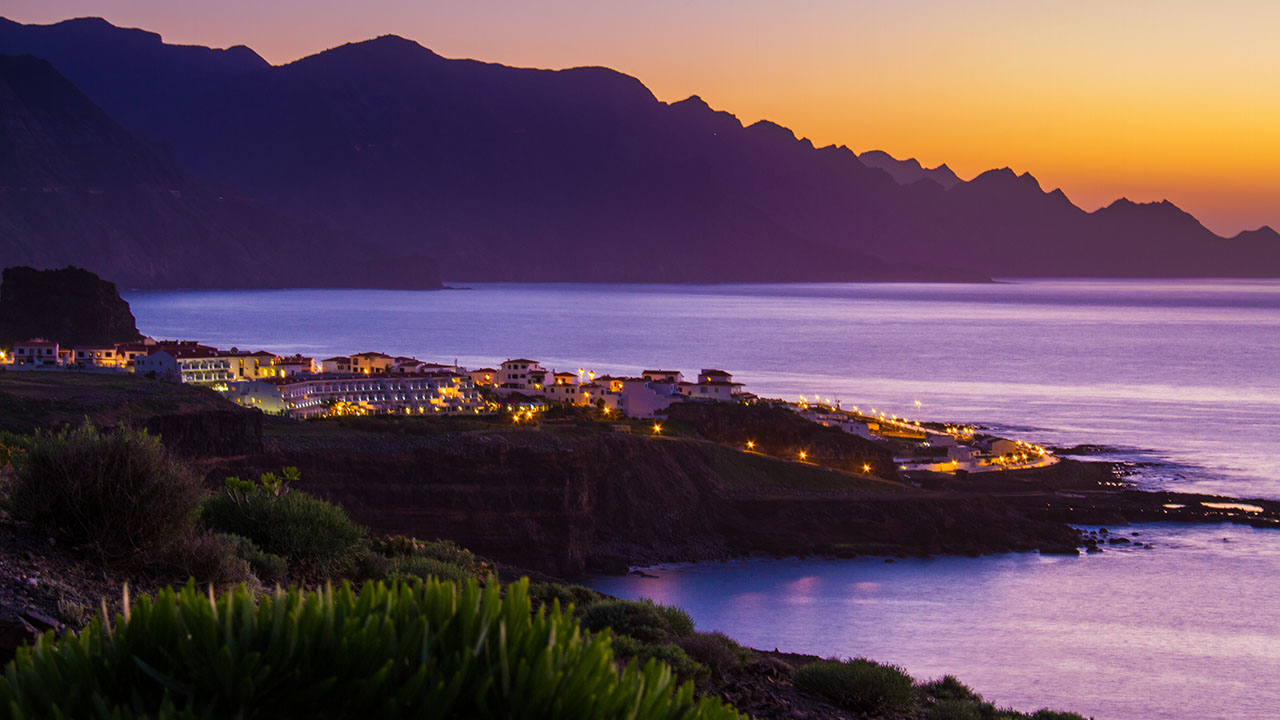
Comments are disabled for this post.